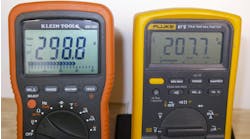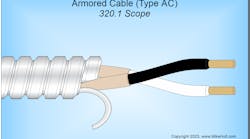Predictive maintenance (PdM) allows you to do less maintenance work and yet get more uptime. Notice the use of the word “allows.” Simply using PdM technology with a traditional preventive maintenance mindset tends to add to the maintenance load with little, if any, real effect on uptime.
For example, consider insulation resistance testing. Qualified electrical testing firms use this as a PdM technology, but many plant maintenance departments use it as just another measuring tool along with their other preventive maintenance activities. What’s the difference in these two perspectives?
The electrical testing firm:
1. Establishes baseline data (if and where the client understands the value and has this done during installation).
2. Repeats the testing at standard periods using the same method and set-up.
3. Trends the measurement data.
4. Analyzes the trend curve to see an emerging problem.
The typical maintenance department:
1. Treats each measurement cycle as absolute rather than relative to baseline data (and does not even have baseline data).
2. Performs the testing in variable ways.
3. Compares the measurement to a stated desirable value.
4. Almost never sees a failure coming in time to prevent it.
PdM assesses the condition of the equipment, usually with comparative measurements over time. And they are compared to both the baseline and the measurements since then. Based on trends and projections, PdM eliminates much unnecessary preventive maintenance.


